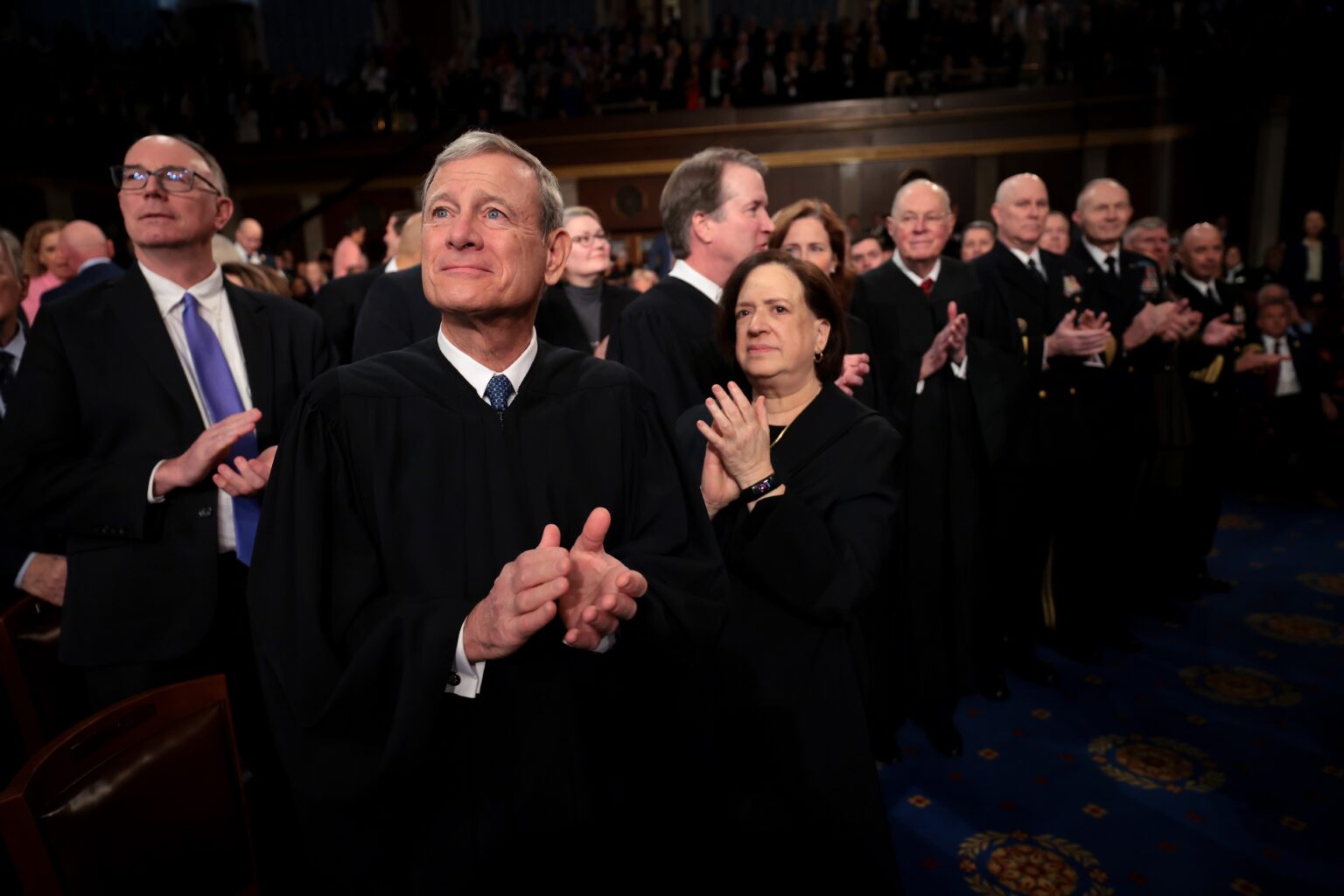The United States Supreme Court recently delivered a landmark decision that has profoundly impacted the veterans’ community and administrative law practitioners nationwide. In a 7-2 ruling in Bufkin v. Collins, the Court determined that federal appeals courts reviewing veterans’ disability claims are not required to conduct independent assessments of the Department of Veterans Affairs’ application of the “benefit-of-the-doubt” standard. This decision has significant implications for how veterans’ disability claims are adjudicated and represents a crucial development in the ongoing tension between judicial oversight and administrative deference.
Understanding the Veterans’ Disability Claims Framework
The Department of Veterans Affairs operates under a complex regulatory framework designed to evaluate and adjudicate disability claims submitted by military veterans. Central to this process is the “benefit-of-the-doubt” rule, a fundamental principle that requires decision-makers to resolve evidentiary uncertainties in favor of the veteran when evidence is approximately balanced between supporting and opposing a claim.
This standard was established to address the inherent challenges veterans face in proving service-connected disabilities, particularly given the often incomplete nature of military medical records and the difficulty in establishing clear causal relationships between military service and subsequent health conditions. The rule serves as a crucial safeguard, recognizing that veterans should not be penalized for the ambiguous nature of medical evidence when seeking compensation for service-related injuries and illnesses.
The benefit-of-the-doubt standard reflects Congressional intent to create a veteran-friendly adjudication system that acknowledges the unique challenges faced by those who have served in the military. When properly applied, this rule ensures that reasonable doubt regarding material facts is resolved in favor of the veteran, providing essential protection for individuals navigating a complex bureaucratic process while potentially dealing with significant health challenges.
The Bufkin v. Collins Cases: Individual Stories Behind Legal Precedent
The Supreme Court’s decision centered on the appeals of two veterans whose cases exemplify the complexities inherent in disability claims adjudication. Joshua Bufkin, a former Air Force servicemember who served from 2005 to 2006, filed a disability claim for post-traumatic stress disorder approximately seven years after his discharge. Bufkin’s case involved conflicting medical opinions regarding both his PTSD diagnosis and its connection to his military service, with VA medical professionals reaching different conclusions about the validity and service-connection of his claimed condition.
Norman Thornton, an Army veteran who served from 1988 to 1991 including deployment during the Persian Gulf War, presents a different but equally complex scenario. Initially awarded a 10% disability rating for PTSD that was subsequently increased to 50%, Thornton sought an even higher rating based on his assessment of the severity of his condition. Like Bufkin’s case, Thornton’s appeal involved carefully balanced evidence that required adjudicators to weigh competing medical opinions and interpretations.
Both cases share the common characteristic that their evidence was described as “nearly evenly balanced,” creating scenarios where the benefit-of-the-doubt rule should theoretically come into play. However, the VA’s Board of Veterans Appeals ultimately denied both claims, and subsequent appeals through the Veterans Court of Appeals and Federal Circuit Court of Appeals upheld these denials without conducting independent benefit-of-the-doubt analyses.
The Supreme Court’s Majority Decision and Reasoning
Writing for the seven-justice majority, Justice Clarence Thomas articulated a clear standard for how appellate courts should review VA benefit-of-the-doubt determinations. The Court held that the U.S. Court of Appeals for Veterans Claims must review the VA’s application of the benefit-of-the-doubt rule using the same standard applied to other agency determinations: examining legal issues de novo while reviewing factual determinations only for clear error.
This approach emphasizes judicial deference to administrative expertise, recognizing that the VA possesses specialized knowledge in evaluating complex medical evidence and service-connection determinations. Under this standard, appellate courts will not second-guess the VA’s expert judgments regarding medical evidence unless those determinations contain obvious and significant errors that cannot be reasonably supported by the evidence in the record.
The majority opinion reflects established principles of administrative law that recognize the superior position of agencies in evaluating technical and scientific evidence within their areas of expertise. By limiting judicial intervention to cases involving clear error, the Court seeks to maintain an appropriate balance between ensuring accountability and respecting the specialized knowledge that administrative agencies bring to complex technical determinations.
This decision effectively means that veterans seeking to overturn VA disability determinations must demonstrate not merely that the evidence was closely balanced, but that the agency committed a clear and significant error in its evaluation of that evidence. This represents a higher threshold for successful appeals and may result in fewer overturned VA decisions in cases involving ambiguous or conflicting evidence.
Dissenting Perspectives: Justices Jackson and Gorsuch
Justice Ketanji Brown Jackson authored a passionate dissent that was joined by Justice Neil Gorsuch, arguing that the majority’s interpretation effectively nullifies the meaningful protection that the benefit-of-the-doubt rule was intended to provide. The dissenting justices contended that by limiting review to clear error standards, the Court undermines Congressional intent to create a veteran-favorable adjudication system that actively resolves reasonable doubt in favor of those who have served.
Justice Jackson’s dissent emphasized that the benefit-of-the-doubt rule represents more than merely procedural guidance—it embodies a substantive commitment to ensuring that veterans receive fair consideration when evidence is ambiguous. The dissent argues that requiring appellate courts to conduct independent benefit-of-the-doubt analyses when evidence is closely balanced is essential to maintaining the integrity of the veteran-protective system that Congress intended to establish.
The dissenting justices expressed concern that the majority’s approach could lead to systematic under-application of the benefit-of-the-doubt standard, potentially leaving deserving veterans without the benefits they need and have earned through their service. They argued that the unique nature of military service and the challenges inherent in proving service-connected disabilities justify more robust judicial oversight than the clear error standard provides.

Emily Johnson is a critically acclaimed essayist and novelist known for her thought-provoking works centered on feminism, women’s rights, and modern relationships. Born and raised in Portland, Oregon, Emily grew up with a deep love of books, often spending her afternoons at her local library. She went on to study literature and gender studies at UCLA, where she became deeply involved in activism and began publishing essays in campus journals. Her debut essay collection, Voices Unbound, struck a chord with readers nationwide for its fearless exploration of gender dynamics, identity, and the challenges faced by women in contemporary society. Emily later transitioned into fiction, writing novels that balance compelling storytelling with social commentary. Her protagonists are often strong, multidimensional women navigating love, ambition, and the struggles of everyday life, making her a favorite among readers who crave authentic, relatable narratives. Critics praise her ability to merge personal intimacy with universal themes. Off the page, Emily is an advocate for women in publishing, leading workshops that encourage young female writers to embrace their voices. She lives in Seattle with her partner and two rescue cats, where she continues to write, teach, and inspire a new generation of storytellers.









